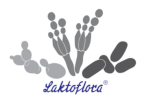
|
The National Programme on Conservation and Utilization of Microbial Genetic Resources and Invertebrates of Agricultural Importance |
česká verze english version contact |

VURV-F VURV-A VURV-M RIBM CCF CCPO RIFIS CCBAS SPCH UPOC-FUN CCM CCDM CCDBC
|
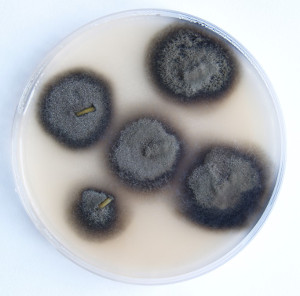  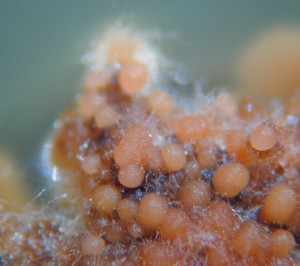 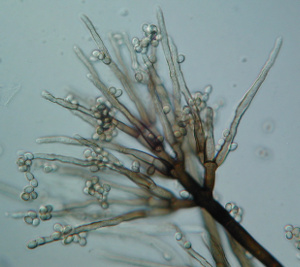 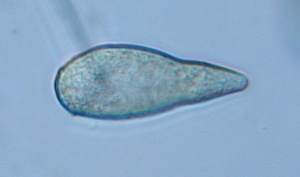
|
|
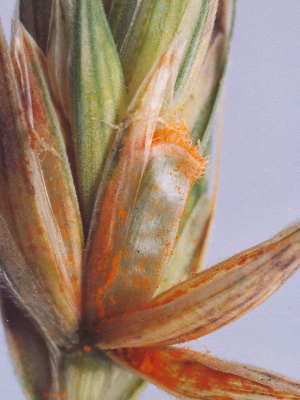 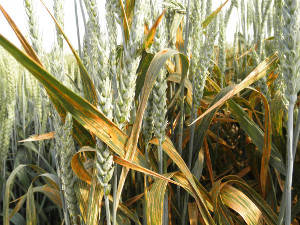 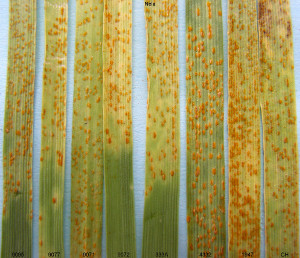 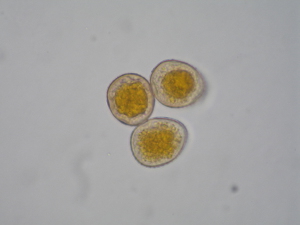 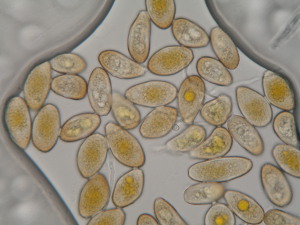
|
|
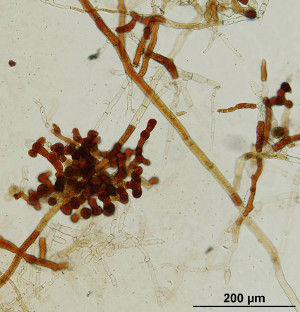 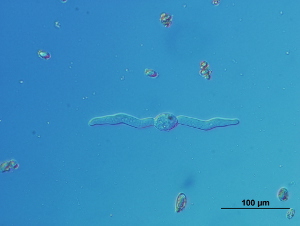 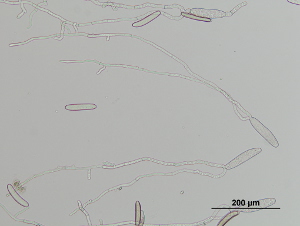
|
|
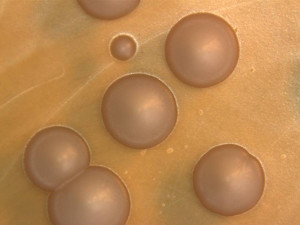 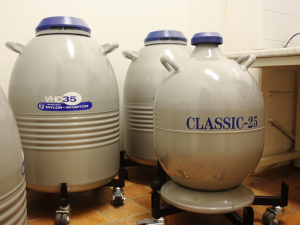 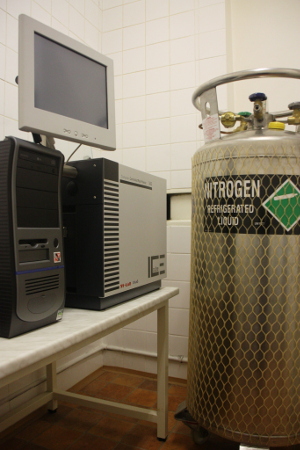 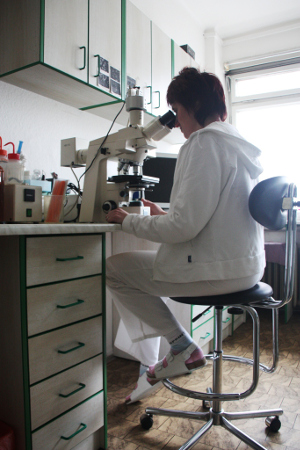
|
|
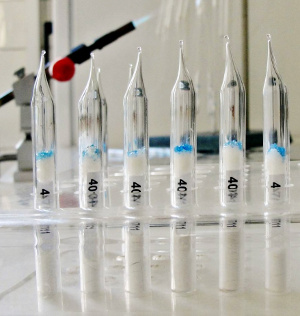 Lyophilisates 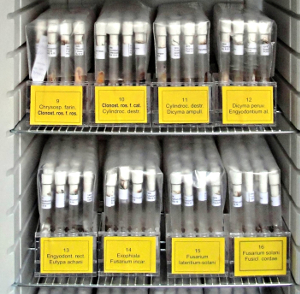 Living fungal collection on slopes 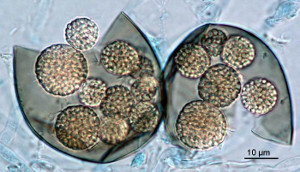 Ascosphaera apis – fruit-body, bee parasite 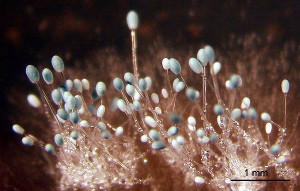 Aspergillus clavatus – conidiophores, feed contaminant 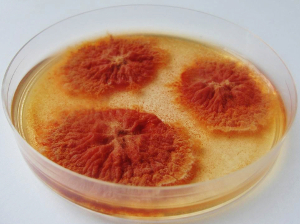 Monascus purpureus – colonies, producer of monakolin 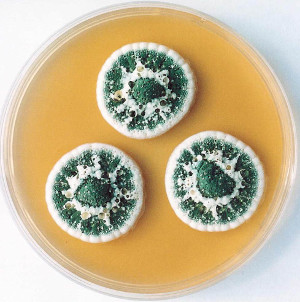 Penicillium verrucosum – colonies, producer of ochratoxin A |
|
 P. alni subsp. alni, kolonie na V8A.jpg) Phytophthora alni (V8A, 20°C, 7 days) Phytophthora alni (V8A, 20°C, 7 days) P. citrophthora, kolonie na V8A.jpg) Phytophthora citrophthora (V8A, 20°C, 7 days) Phytophthora citrophthora (V8A, 20°C, 7 days)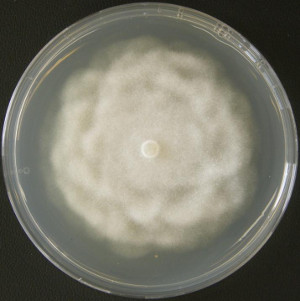 Phytophthora gonapodyides (PDA, 20°C, 7 days) Phytophthora gonapodyides (PDA, 20°C, 7 days) P. multivora, kolonie na V8A.jpg) Phytophthora plurivora (V8A, 20°C, 7 days) Phytophthora plurivora (V8A, 20°C, 7 days) |
|
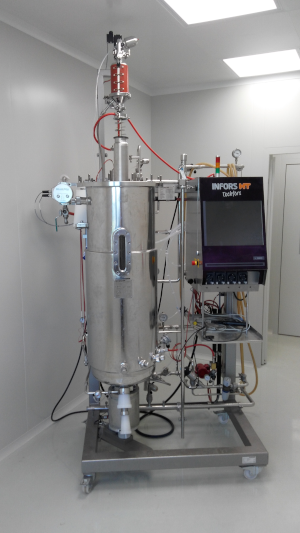 fermentor 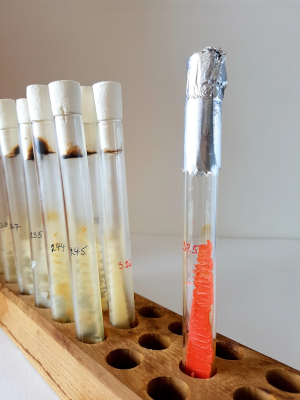 strains on sloping agars 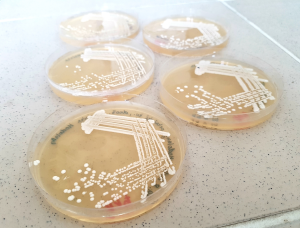 Sacharomyces cerevisiae 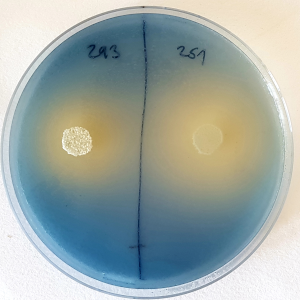 Y lipolytica Candida sp. lipase detection |
|
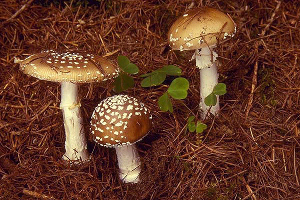 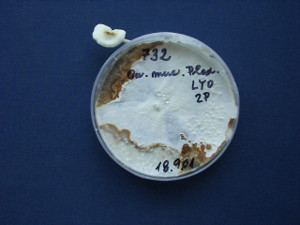 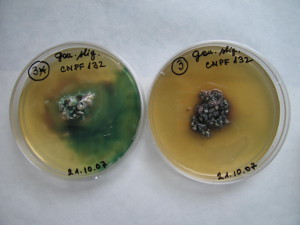 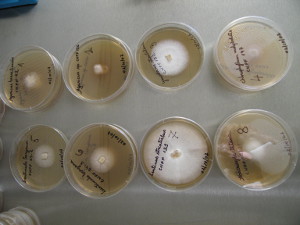 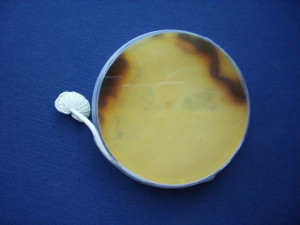 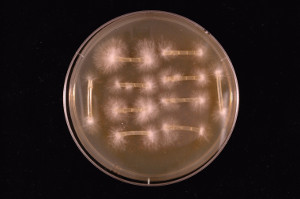  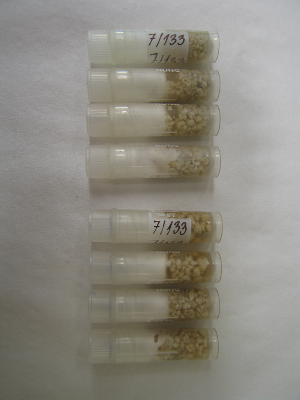
|
|
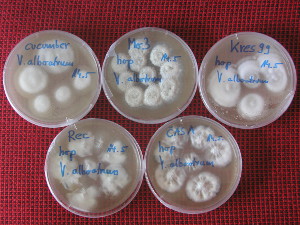 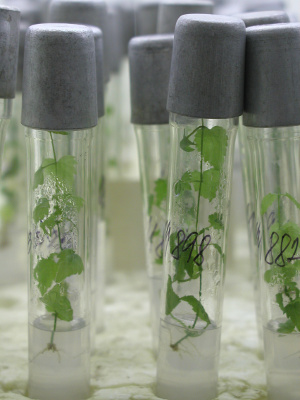 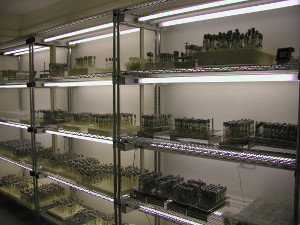 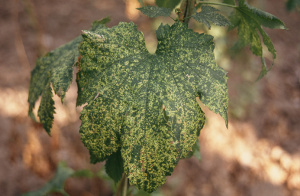 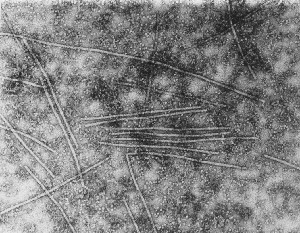
|
|
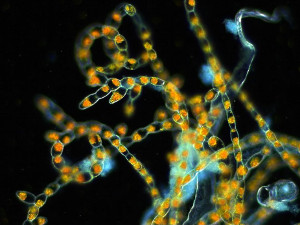 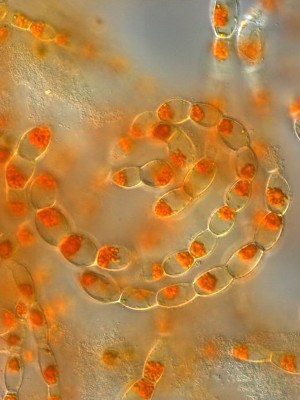 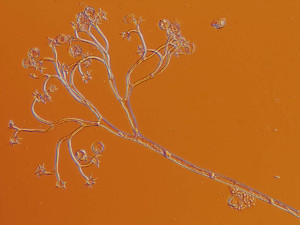 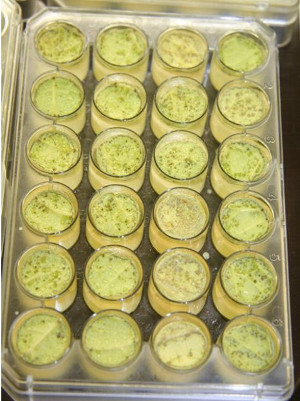 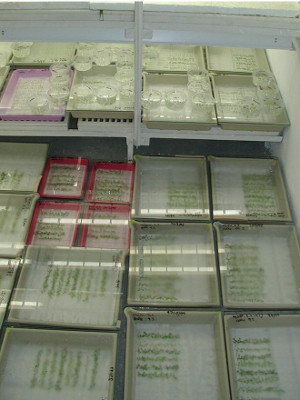
|
|
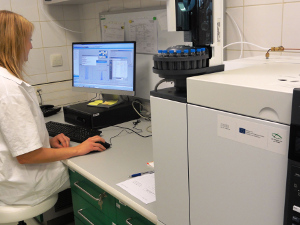 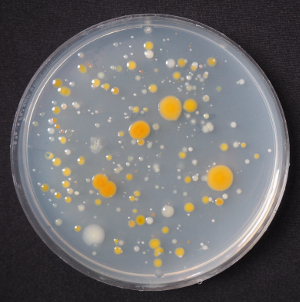 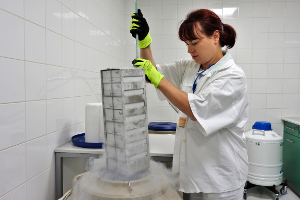 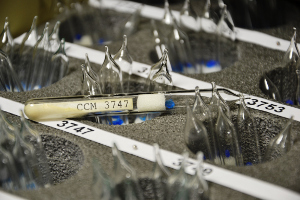 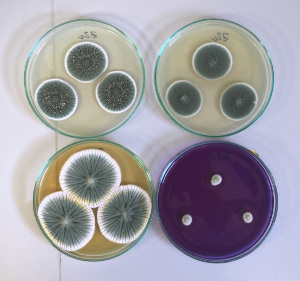 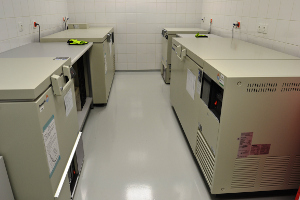
|
|
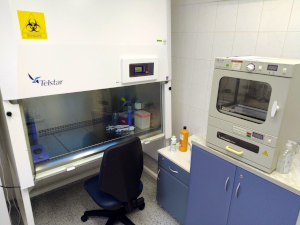 Biohazard flow box Biohazard flow box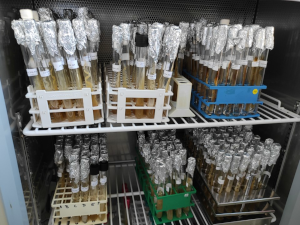 Yeast deposition on agar media 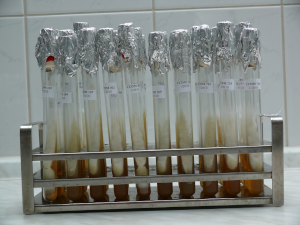 Penicillium strains Penicillium strains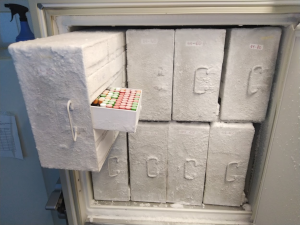 Cryopreservation in the freezer Cryopreservation in the freezer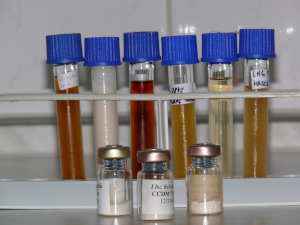 Cultures in broths and in lyophilized form Cultures in broths and in lyophilized form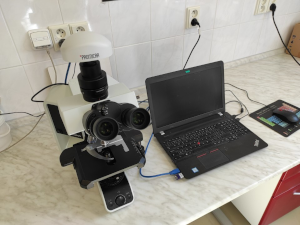 Microscope Olympus BX-43 Microscope Olympus BX-43.png) Morfology of filamentous fungi (P. roqueforti, YES, 25 °C, 7 days) Morfology of filamentous fungi (P. roqueforti, YES, 25 °C, 7 days)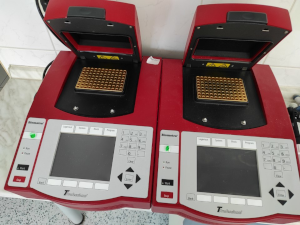 Thermal cycler Biometra Thermal cycler Biometra |
|
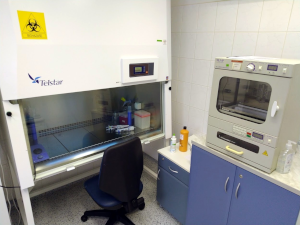 Biohazard flow box 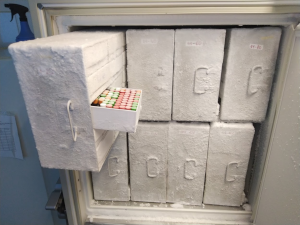 Cryopreservation in the freezer 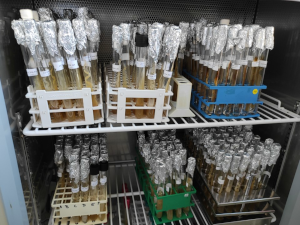 Yeast deposition on agar media  Microscope Olympus BX-43 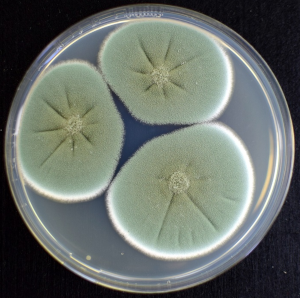 Morphology of filamentous fungi (P. crustosum, CYA, 25 °C, 7 days) 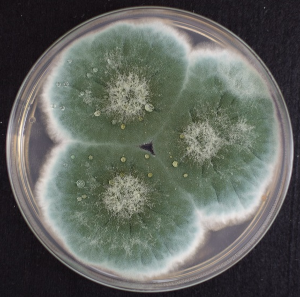 Morphology of filamentous fungi (P. paneum, CYA, 25 °C, 7 days)  Thermal cycler Biometra |
 Collection of Agriculturally Important Fungi (VURV–F),
Collection of Agriculturally Important Fungi (VURV–F), Collection of Brewery Microorganisms (RIBM), (VÚPS, a. s., Praha)
Collection of Brewery Microorganisms (RIBM), (VÚPS, a. s., Praha)
 Czech Collection of Phytopathogenic Oomycetes (CCPO),
Czech Collection of Phytopathogenic Oomycetes (CCPO),
 Culture Collection of Basidiomycetes (CCBAS), (MBÚ AV ČR, v. v. i., Praha)
Culture Collection of Basidiomycetes (CCBAS), (MBÚ AV ČR, v. v. i., Praha) Collection of Hop Pathogens, (ChI, s. r. o., Žatec)
Collection of Hop Pathogens, (ChI, s. r. o., Žatec) Collection of Phytopathogenic Microorganisms UPOC
Collection of Phytopathogenic Microorganisms UPOC Czech Collection of Microorganisms (CCM), (MU, Brno)
Czech Collection of Microorganisms (CCM), (MU, Brno)
